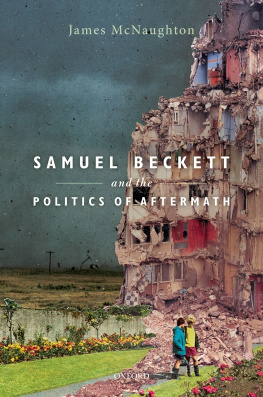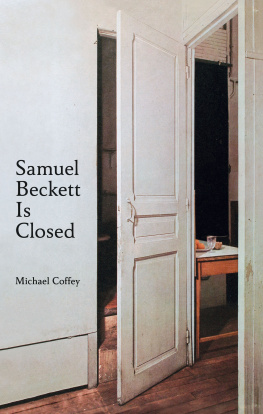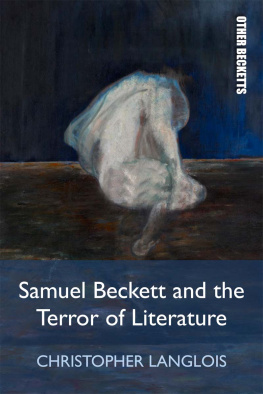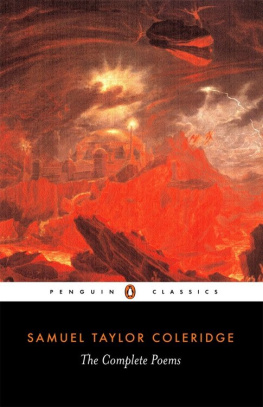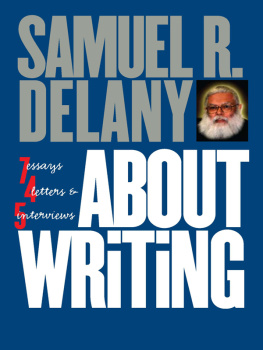CONTENTS.
CHAPTER I
The Three KingsCathedralCouncil of BaslePuritan rulesDance of DeathSeats in the DiligenceSupplementThe RhineAn Alderman in troubleDining in hasteEnglish mannersGirls in holiday dressFalls of the RhineNiagaraUp the riverOld nunneriesGottliebenPrisons of Huss and Jerome of Prague.
Pages 9-20
CHAPTER II
A decaying Townthe KaufhausFamous CouncilDungeon of HussScene of MartyrdomHouse of HussLake Constancethe Ride to ZurichVillagesthe ValleyHotel Baura Swiss Cottagethe FurnishingMiles CoverdaleZwingleLavaters Gravethe LibrarySunset View from the Botanical Garden.
Pages 21-31
CHAPTER III.
Climbing the UtlebergFat woman on a donkeyFirst Alpine viewThe valley, lake and hillsHaunts of Lavater, Zimmerman, Klopstock, GessnerThe work of EscherComing DownBaur HotelLake ZurichLake ZugGoldaLand-sideRuinAscent of the RigiThe best routeChapels by the wayMary of the SnowConvent and monksThe SummitThe CompanyChange of TemperatureSunsetSupperNightSunriseGlory of the viewGetting down againFat man done up.
Pages 32-53
CHAPTER IV.
The LakeAvalanchesPontius PilateLucerneDance of DeathFishingStorm on the LakeRamble among the PeasantryTwo DwarfsOn the LakeRifle ShootingChapel of William TellScenes in his LifeAltorfHay-Makinga Great Day.
Pages 54-80
CHAPTER V.
The Priests LeapThe Devils BridgeNight on the MountainsStormHospenthalthe Glaciersa Lady in Distressthe Furca PassGlacier of the RhoneHeinrich and NatureHeinrich asks after GodScene in the Hospice.
Pages 81-106
CHAPTER VI.
My new Frienda Wonderful YouthHospice of the Grimselthe Valleya comfortable DayGlaciers of the Aara Gloomy ValeClimbing a HillView of the GlacierTheory of its FormationCaverns in the IceIncidents of Men falling inMy Leap and Fallan Artist LostReturn.
Pages 107-121
CHAPTER VII.
PedestrianismMountain TorrentsFall of the HandekThe Guide and his Little OnesFalls of the ReichenbachPerilous Point of View.
Pages 122-145
CHAPTER VIII.
Alpine HornBeggarsThe Rosenlaui GlacierBeautiful ViewsGlorious Mountain ScenesMrs. Kinneys AlpsA Lady and BabeThe Great ScheidekGrindelwaldEagle and BearBattle with BugsWengern AlpA real AvalancheThe Jungfrau.
Pages 146-165
CHAPTER IX.
The Staubach FallLauterbrunnenInterlachenCretins and GoitreDr. GuggenbuhlGiesbach FallBerneInquisitive LadySwiss CreedCrossing the GemmiLeuchenbad Baths.
Pages 166-180
CHAPTER X.
The Char-a-bancthe Napoleon PassTravellers in winterMonksDogsDinnerMusicDead HouseContributionsa Monks Kiss.
Pages 181-192
CHAPTER XI.
The Host of MartignyVale of the DranceMount RosaTete NoireCol de BalmThe Monarch of the Alps.
Pages 193-204
CHAPTER XII.
A good HousePrisoner of ChillonCalvinDr. MalanDr. GaussenCol. Tronchinthe Cemetery.
Pages 205-213
CHAPTER XIII.
WaterfallsConstanceZurichWilliam TellGlaciersthe Monarch.
Pages 214-246
CHAPTER XIV.
A Model Guidethe BasteiBanditti of olda Cataract to OrderScaling a RampartKonigsteinthe Kuhstallthe Great WinterbergPrebisch ThorLooking Back.
Pages 247-264
CHAPTER I.
BASLE AND THE RHINE.
The Three KingsCathedralCouncil of BaslePuritan rulesDance of DeathSeats in the DiligenceSupplementThe RhineAn Alderman in troubleDining in hasteEnglish mannersGirls in holiday dressFalls of the RhineNiagaraUp the riverOld nunneriesGottliebenPrisons of Huss and Jerome of Prague.
Switzerland, to be seen aright, must be entered from Germany. Many travellers rush from Paris to Geneva, and beginning with Chamouni and Mont Blanc come down from the greater to the less, tapering off with the beautiful instead of rising to the sublime. One lovely summer day in the early part of the month of August, we left Baden Baden, where we had been resting after a tour in Belgium, Holland, Prussia, Saxony, Saxon Switzerland, Austria, Bavaria, and Bohemia, and came by the Duke of Badens railroad to Basle.
The hotel de Trois Rois, or, Three Kings, was reluctant to receive us, so great was the rush of company. Large as some of our own first class hotels, it was crowded to overflowing, but we found lodgings for three at the top of the house. It stands on the very borders of the river Rhine, which rushes by with a powerful current, and the verandah in front overhanging the stream is a pleasant lounge after a weary day of travel. Lodgings for three gentlemen, or in German, fur drei Herren, we had so often asked for, that we came to be called the Drei Herren, or dry herring, as it sounded in our English ears.
The river forms a broad and noble stream along the sloping bank on which the city stands; the Jura mountains rise on one side, and the hills of the Black Forest on the other, while the intermediate region is richly covered with vegetation, and the villas of a wealthy class of people who have retired from the city, or who own the soil. Basle is a goodly town, and if the people have some rigid notions of morality in the judgment of travellers of easy virtue, it is refreshing to come into a city where the shops are closed of a Sunday, and every one is required to be at home by eleven oclock at night. A city that bore so conspicuous a part in the Reformation, and still cherishes the ashes of so many great and good men, ought not to lose its veneration for the spirit and principles of the past. In the Cathedral, now in process of renovation, we stood over the dust of the learned Erasmus , read his epitaph in Latin, walked among the beautiful cloisters which have been burial places for the wise and good for more than six hundred years! where the monuments stand of Grynus, and Meyer, and colampadius, men who were mighty in the Scriptures, in the days when such men were few. We walked through the portal of St. Gallus, under the statues of Christ and Peter, and the wise and foolish Virgins, and admired the pulpit of three pieces of stone, carved with great skill and effect; and then we were led to the chamber where the Council of Basle held its sessions, beginning in 1436, and lasting eight years. It has undergone no alterations in the four hundred years which have since elapsed. In the Library are preserved manuscripts of Luther, Melancthon, Erasmus and Zwingle, and a huge volume in which illustrious visitors had inscribed their names for two hundred years. The celebrated pictures of the Dance of Death once adorned the walls of the Dominican church in Basle, and a few of them still preserved are now hung up in this collection, among others of greater merit but less fame, by Holbein. A beautiful picture, which I have seen attempted with far less success before, presents a Venus sleeping by the side of a stream, and a skull lying near her, and flowers blooming around, to illustrate the lines:






